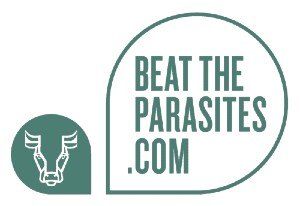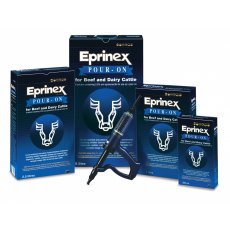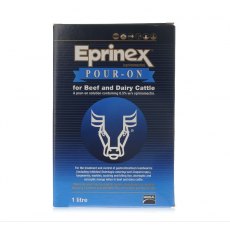Five tips for lungworm control

The cattle lungworm, Dictyocaulus viviparus, is a cause of serious respiratory disease in youngstock as well as adult cattle. Taking a pro-active approach to prevention, and rapidly treating outbreaks, can lessen the negative impact on herd productivity and reduce costs.
Infection with lungworm typically occurs in cattle from July onwards and, depending on climatic conditions, disease can be seen as late as November.
Disease can cause significant losses in the dairy herd, due to reduced milk yield, reduced fertility rates, dead or culled animals and the cost of veterinary treatment. Affected cows will also be more susceptible to other respiratory diseases.
Sioned Timothy, Technical Manager at Boehringer Ingelheim Animal Health UK offers five tips for managing lungworm in dairy cattle this grazing season.
1. Protect naive cattle
Youngstock and immunologically-naive cattle are at greatest risk of respiratory disease caused by lungworm.
Cattle gain immunity to lungworm infections through vaccination pre-turnout or low levels of natural exposure on pasture.
Worm control strategies should allow some exposure to occur, as this will trigger an immune response, but aim to prevent a high lungworm challenge that could cause clinical disease.
Maintaining this fine balance between exposure and immunity is crucial, and the precise strategy should be developed for each individual farm with your vet or animal health advisor.
2. Practice pasture management
Warm, wet weather provides optimal conditions for lungworm. Populations of infective larvae can establish quickly on pasture, creating high challenge conditions for cattle.
It has been shown that, just 30 days after an animal has been infected with a low dose of 200 lungworm larvae, 2.5 million infected larvae can be shed onto the pasture1, due to the parasite’s fast, direct lifecycle.
Rotating paddocks, strip grazing, and use of silage aftermath later in the season can be effective measures to reduce pasture larvae load and worm challenge faced by cattle.
3. Be alert to signs of disease
Lungworm should always be considered as a potential cause of coughing in grazing cattle. However, early infection can be difficult to identify and may only be recognised once a full outbreak occurs.
Lungworm can sometimes be confused with other respiratory infections, but affected animals will typically have a characteristic, deep, harsh cough, and may exhibit laboured breathing. Severely affected cattle may extend their head and neck in an ‘air hunger’ position.
Affected cattle may rapidly lose condition and if lactating, show a sudden drop in milk production. They may also be observed resting more frequently and eating and drinking less than normal.
Some animals may remain asymptomatic, with studies showing that up to 10% of cattle may be sub-clinical carriers of lungworm2. These animals contribute low numbers of larvae to the pasture but act as a reservoir of infectivity.
4. Treat disease rapidly
Where lungworm is confirmed, the whole herd or group must be treated, ideally with an anthelmintic that offers prolonged activity against Dictyocaulus viviparus. Preventing immediate reinfection helps the animal’s lungs to recover and prevents further damage during the treatment phase.
Anthelmintics with a zero-milk withhold period, such as EPRINEX®, can allow lactating cows to be treated for lungworm, without the loss of milk sales.
Severely affected cattle will require veterinary assessment and supportive treatment to relieve pain and inflammation and treat secondary infections.
5. Plan your lungworm strategy
It’s not too late to plan your approach to lungworm control this year.
If you have already turned cattle out and haven’t vaccinated, talk to your vet or animal health advisor about strategic lungworm treatments, and grazing management techniques, to protect your cattle against lungworm and other productivity-limiting parasites.
References
- Vercruysse J, Janssens PG, Vercruysse J, Jansen J (1989) Dictyocaulosis. Worms and Worm Diseases Samson Stafleu, Alphen aan den Rijn/Brussel, pp 210-222
- Eysker M, Classens EW, Lam TGM, Moons MJ, Pijpers A (1994) The prevalence of patent lungworm infection in herds of dairy cows in the Netherlands. Veterinary Parasitology 53 (3-4) 263-267
EPRINEX® Pour-On for beef and dairy cattle contains eprinomectin. POM-VPS. Advice should be sought from the prescriber. Further information available in the SPC or from Boehringer Ingelheim Animal Health UK Ltd, RG12 8YS, UK. Tel: 01344 746957. Email: vetenquiries@boehringer-ingelheim.com. EPRINEX® is a registered trademark of Boehringer Ingelheim Animal Health France SCS, used under licence. ©2023 Boehringer Ingelheim Animal Health UK Ltd. All rights reserved. Date of preparation: Jul 2023. UI-BOV-0090-2023. Use Medicines Responsibly

- 1st September 2023


